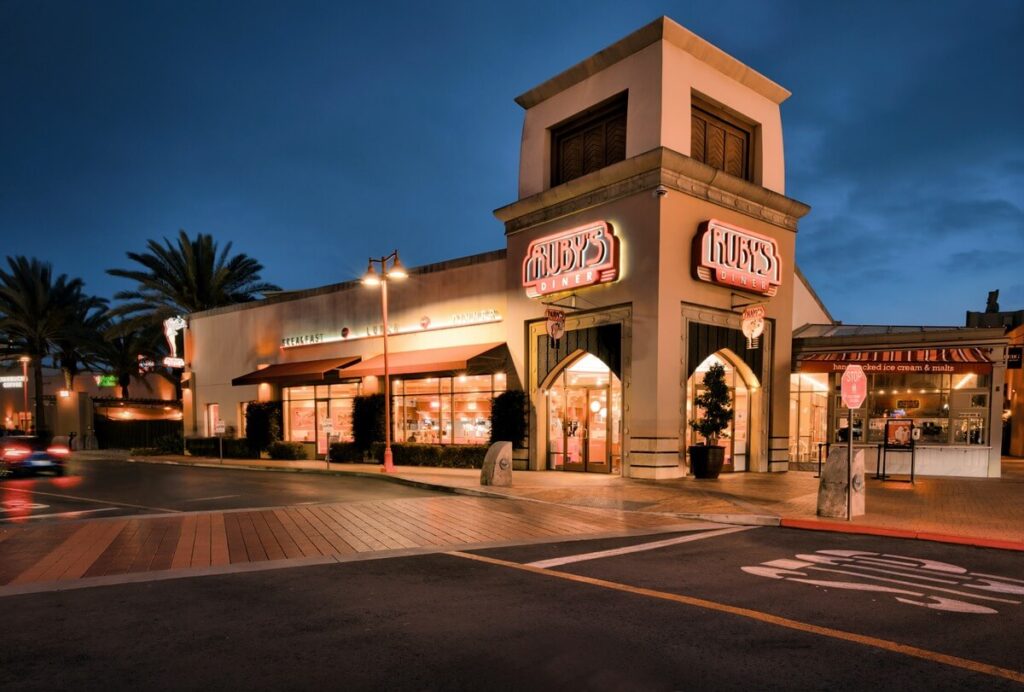February Commercial Real Estate News
Welcome to the latest edition of our Commercial Real Estate News for February.
In this month’s news, we bring you the latest updates and insights on the commercial real estate market. As we move further into the new year, the real estate industry is showing signs of steady growth, and we have seen significant shifts in the market, including an increase in demand for office space and changes in the retail landscape. Our team of experts has analyzed the latest data and trends to provide you with valuable information that can help inform your real estate decisions. Whether you are a property owner, investor, or industry professional, we aim to provide you with insights that can help you navigate the complex world of commercial real estate. So, read on to stay up-to-date with the latest news and developments in the industry.

Scottsdale firm invests $100M in Glendale commercial real estate projects
PHOENIX — A Scottsdale real estate firm is expanding its portfolio to the West Valley with the announcement this week of $100 million of investments for a handful of Glendale developments.
Diversified Partners in a press release said the investments are for commercial real estate projects including the Cambria Hotel, the En Fuego retail development, the retail development at 91st Avenue and Cardinals Way as well as the space at 75th Avenue and Bethany Home Road. More
Commercial Properties Are Struggling to Refinance Debt:
Q&A
Feb. 24, 2023, 6:00 AM
Many commercial property owners are struggling to refinance debt, which is creating opportunities for providers of emergency financing, said Jeff Kaplan, managing partner at Meadow Partners.
Kaplan, whose firm manages $5.8 billion of assets, spoke to Bloomberg’s Erin Hudson in a series of conversations ended Feb. 23. Comments have been edited and condensed.
McCarthy Building Cos. expands Valley footprint, opens new training facility
The state’s second-largest general contractor renovated a building formerly used by the Arizona Department of Transportation and USA Today in Chandler for its new workforce center. Justin Kelton, president of the Southwest region for McCarthy Building Cos., shares why the company is expanding.
Is This a Return to Normal for Phoenix’s Industrial Market?
So, what does this mean for the industrial market?
Developers have been on a buying spree trying to find land to put up more boxes. We now have nearly 40 million square feet under construction, with 12 million of that pre-leased.
Developers have been looking at developing in all parts of the Valley. The big box market is reaching into the outskirts of Buckeye, while Mesa Gateway is thriving with activity. Infill projects everywhere are still in demand. ViaWest, in partnership with Prospect Ridge, is developing two industrial parks on parcels along Interstate 10 in the southeast valley. Sight Logistics is rising out of the ashes of the former Insight Enterprises corporate headquarters in South Tempe. The former office building has been demolished and two new industrial buildings are under construction in their place. Read Full Story
Phoenix Commercial Advisors Brokers $11.8 Million Sale of Mesa Gateway Retail Property in Arizona
Phoenix Commercial Advisors has arranged the $11.8 million sale of Mesa Gateway, a three-building retail property located in Mesa. Totaling 31,824 square feet, the three buildings were fully leased to tenants including Verizon, Comerica, Jimmy John’s Sandwiches, Fit Body Boot Camp and Boba CuTea. Danny Gardiner and Chad Tiedeman of Phoenix Commercial Advisors represented the undisclosed seller in the transaction. Shopping
Developer Creation to build $60 million industrial center in Scottsdale Airpark.
Commercial real estate developer Creation has announced the acquisition of 18 acres within the Scottsdale Airpark with plans to develop a $60 million industrial center.
The Phoenix-based company will break ground later this year on Thunderbird Commerce Park, a 243,360-square-foot, Class-A industrial building located east of the southeast corner of Scottsdale and Thunderbird roads. With direct adjacency to the Scottsdale Airport, building features include 51 truck doors, 32-foot clear height, 3,000a power, four electric vehicle dual charging pedestals, 130-foot truck court depth and 322 car spaces. Read More
Marcus & Millichap Negotiates Sale of 4,500 SF Retail Property in Chino Valley, Arizona
Sherwin-Williams occupies the 4,500-square-foot retail building at 89 West Road 2 in Chino Valley, Ariz. Read More
Commercial real estate executives are optimistic about future market conditions
The Real Estate Roundtable’s Q1 Economic Sentiment Index reports that commercial real estate executives, while optimistic about the future, remain uncertain about current market conditions, citing inflation, rising interest rates, and supply chain disruptions as concerns. However, executives also express that perceptions and outlooks differ across asset classes, as some remain strong and others show concerns. Full Story
The Glendale sports complex is one of two this land investor has proposed for the West Valley in recent years. Here’s a look at the conceptual renderings for the facility.

